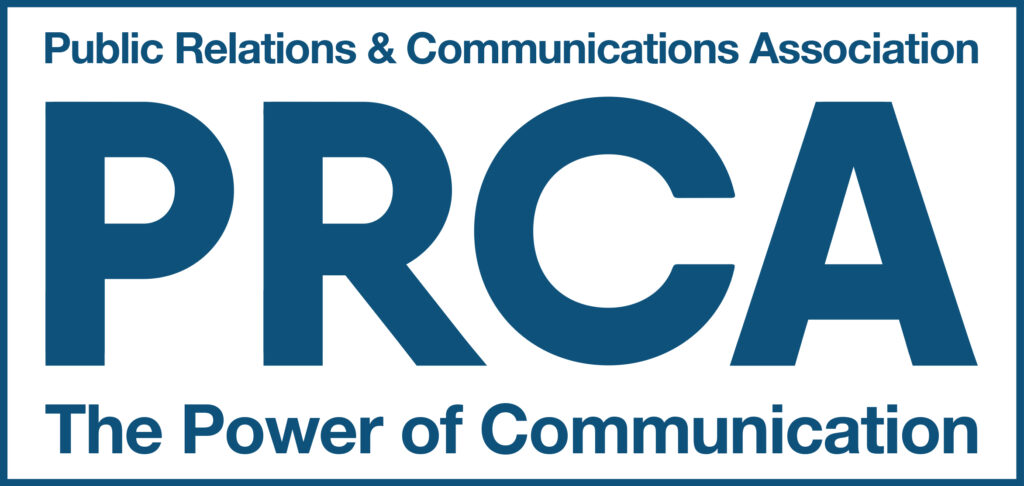Do you have your Weetabix with baked beans?
No, we’re not going mad. If you didn’t know, in 2021 a Weetabix tweet went viral (and then some) after the brand suggested that topping your breakfast Weetabix with Heinz baked beans was a viable breakfast option. The post created strong opinions and got everyone talking. Brands such as Dominos, Nando’s, NHS, KFC, Tinder, Lidl, Sky, TfL and Specsavers replied with puns, gags and jokes that kept consumers and other brands alike engaged and talking about it for the rest of the week.

From a marketing perspective, it was fascinating to watch this unfold. A simple post with a (very) bold claim got Weetabix and the contributing brands some of the best engagement they have seen on social media in a long time – with over 250,000 interactions on Twitter for Weetabix alone. Critically, it didn’t stop there. Weetabix has reported a surge in sales of its cereal with Sainsbury’s seeing a 15% sales uplift from the day the post went live.
At a time where there’s more emphasis on digital marketing channels in the midst of the pandemic, what is the secret behind these powerful and funny contributions from different brands? What impact will they have on the brands’ audiences for the long term, and what can Weetabix gain from going viral?
Join the conversation
This social media event is proof that whoever your target audience is, people buy from people. Gone are the days of impersonal or corporate messaging on social channels. Audiences are human and want to engage with another human – especially at a time when seeing others is restricted – and a bit of light heartedness is what we all need right now to keep our spirits up. Contributions from the brands demonstrate their intent to be friendly and customer centric, and may help them get in front of new audiences, or remind their existing audiences they’re alive and kicking.
Customer centricity is not just about how you engage with your customers when you’re speaking to them directly. It’s about the reputation you have, what you do when you don’t know if your customers are looking and how you present yourself to the world.
Avoid the status quo
It’s clear from Weetabix’s image – along with its marketing efforts – that the brand makes a concerted effort to be fun and spark conversation, and sometimes do this by being a little “out there” (!) with serving suggestions. Despite its simplicity, this is part of an intentional marketing strategy to be perceived in a particular way by their consumers.
By having an awareness of consumer perception, knowing what the brand wants to achieve and how to engage with its target customers, Weetabix has developed a social media strategy that is fuelled with creativity which helps the brand challenge the norm and resonate with consumers.
It is easy to stick to what you know when it comes to implementing marketing activity or choosing channels, but brands need to continue to innovate to ensure that their marketing strategy is reaching their target customers and their content is resonating.
Give messaging the time it deserves
Not all brands got their replies to Weetabix quite right: some jumped in to promote themselves, lacked creativity or simply weren’t that memorable. It’s a lesson in the importance of creativity in marketing to compete with large brands, and it emphasises the significance of tight brand messaging.
Messaging isn’t just what you say, but how you say it, when and why. It’s crucial to be consistent with tone of voice across all marketing channels and create a style guide that is easy to follow. This allows brands to respond to opportunities quickly, whether it’s a social post like this, a breaking news story or an urgent customer query.
Here’s some of the brand replies to Weetabix that we loved. What was your favourite?







If you know you need to devise a marketing, social media or content strategy for your business but don’t know where to start, get in touch on hello@brookscomm.com.
You might also be interested in:
How companies innovated to thrive during lockdown








